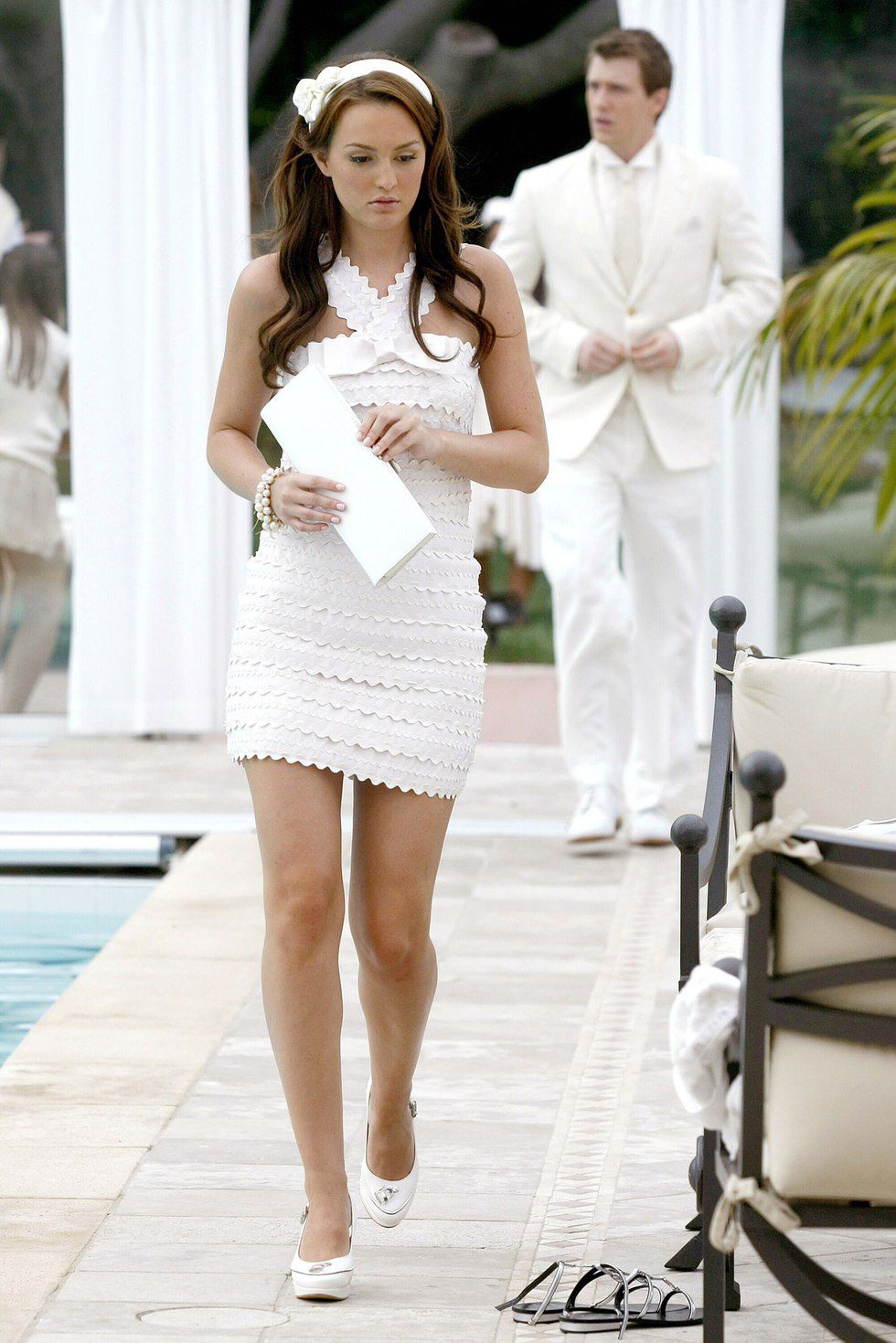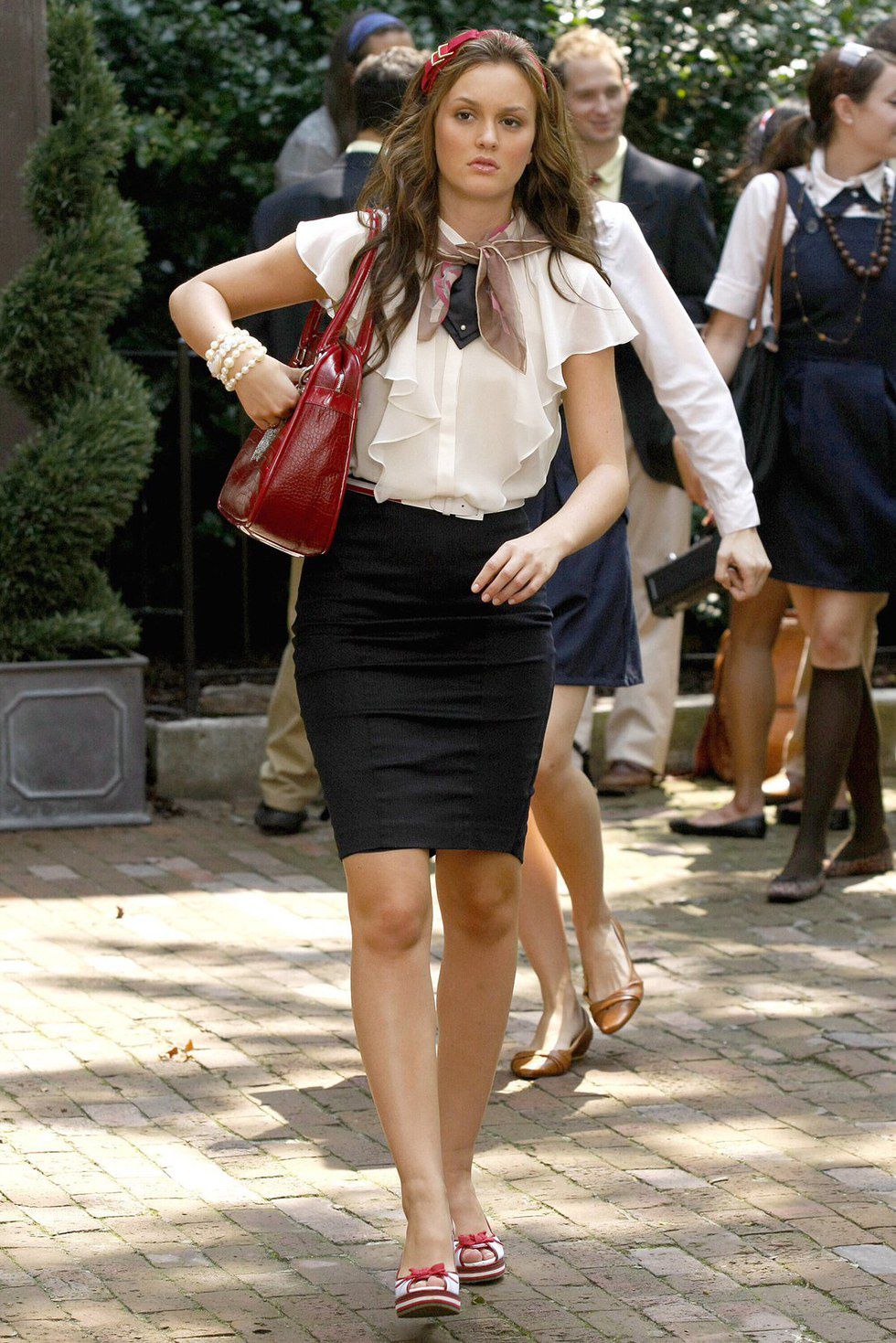When it comes to running a melee tournament, there is and always will be one central tension that every Tournament Organizer (TO) will have to face: the delicate balance between a robust competitive format, and the ever ticking, always limited clock. Ostensibly, every TO strives to have their tournament serve one primary purpose: to provide all of the attending players the fairest and most accurate apparatus possible for determining who the best player in the venue is. At the end of the day, this is what tournaments, the lifeblood of the competitive scene, are all about. They're about organizing a massive pool of individual players, and giving those players an opportunity to prove their skill through a meritocratic sorting based on assorted matchups and limited inputs of wins and losses. As competitors, we can at least all relate to one another in that we want to participate in tournaments that produce accurate results, results that best reflect what can be understood as the "true skill" of the players on that given day.
Of course, to an extent, the latent spectator in all of us values and desires some degree of dynamism in terms of results; I think it's safe to say we'd all be phenomenally bored if every major tournament ended with almost identical results. By contrast, our competitive side values the rewarding of true merit, and always yearns for more data and more opportunity for players to show their skill, so long as it is within the reasonable confines of a realistic time frame. This is not a bad thing. It does immeasurable good for a competitive game when the competitors feel like they were always given a fair shake. Promoting the sentiment that tournament results have a strong presumption of validity only serves to boost the competitive morale of a game. When players are more able to confidently feel that they win and lose because they either outplayed, or were outplayed, there is a satisfaction with the experience of competing that arouses mental and emotional vigor, and reinforces the drive to compete. Any sophisticated TO should realize that cultivating this morale by designing a healthy, accurate, optimally meritocratic apparatus for competition is at the core of his duties, and that he better serves his competitors by delivering it.
A concrete element of tournament design that relates directly to this central tension, is the difficult decision of deciding when in a tournament to begin having the players compete in best of five (Bo5) sets as opposed to the more efficient, but less accurate best of three (Bo3) sets. The decision of where to draw the line is fundamentally arbitrary, though particularly relevant, as it can have an increasingly large impact on tournament length when the number of entrants becomes increasingly large, and the setup-to-player ratio dwindles. The logistical difficulty of optimizing the timing of when to start Bo5 sets is partially as difficult as it is because of how blunt the transition is; over the span of one round of the tournament, one can transition abruptly, and arbitrarily, from using a truncated set design optimized for quickness of procession, into what most would consider a "full" set better tuned for accuracy of result at the expense of a minimum of one extra game being played, possibly three extra.
Despite our general principle reluctance to trade accuracy for efficiency (a trade we make at the risk of undermining the legitimacy of certain high level, high parity match-ups), not every tournament set warrants the thorough, rigorous meritocratic inspection that is a best of five. It is only natural that there will be many mismatched opponents throughout a tournament bracket. In these instances, the brevity of the best of three ought to be seen as, often is seen as, a great virtue. However, as any number of us are surely familiar, it is very commonly the case that there is an extremely close and contentious match-up (or match-ups!) that takes place early enough into the tournament to be decided woefully prematurely, due to said set using the same blunt measuring stick being used to measure the relative skills of what are, mathematically most likely to be and structurally predicted to be, mismatched opponents. The best of three's purpose is to decide the advancement of mismatched opponents quickly and efficiently, while still giving the players some meaningful opportunity to bout. The best of five however, forces an additional time investment to give the players a much more robust bout, and more accurately sort their relative skill. Fundamentally, these set designs are different measuring sticks meant to serve different purposes. They’re merely different time investments we make based on our predictive confidence that more, or less time is necessary for the better player to emerge victorious. Wouldn't it be great then, if we had a tool that incorporated new data, data no one can reliably predict, and used that data to optimize itself for measuring purposes?
If you think so, you're in luck, because that tool already exists. It is called the Flex Set, or at least that's what Bones, a veteran Maryland smasher, called it when he shared it with the smash community in February, 2014. The concept of a Flex Set is very simple: if a set begins with each player winning one game, the set extends to a best of five. If the set begins with one player winning twice in a row, the set ends. In essence, the set “waits” for two pieces of data (that are not otherwise available to the TO at the onset of a tournament) to come in before deciding its length; it takes two competitors, has them play two games, evaluates how close in skill those players are based on results of those first two games, and then makes a determination as to whether the skill showcased by the match results warrants further inspection into the players' skills in order to make an accurate determination of who should advance. Where a player is being beaten consistently (loses the first two games), the flex set cuts the time investment short and awards the win to the undefeated player. This protects the tournament’s interest in not wasting valuable time, in the form of unnecessary games being played, by truncating what are statistically likely to be 3-0's and 3-1's into 2-0's. However, where a player shows that he can compete with his rival by winning a game immediately after being defeated, the set, by design, recognizes the closer skill gap and automatically allows for additional time to be invested to allow the set to best determine who is better in such close cases. Where players go 1-1, the set extends to become a full best of five, thus optimizing our preference to have closer opponents have their sets decided with the "full" measuring stick, at the expense of a time investment of potentially three more games. Though this investment may seem large, it is difficult to argue that the investment isn't worth it, that is isn’t meaningfully selected, as it is being applied only to those scenarios where the opponents have demonstrated some level of parity. Considering what we are trying to guard against by even running best of threes in the first place is the massive aggregate time loss that would ostensibly result from every round being a best of five (with many simply ending as 3-0's, the most egregious and least justifiable waste of time), it makes sense to only give the extra time investment to those sets where an opponent has demonstrated the ability to win against his opponent.This on the fly, automatic, and consistent investment of extra time, has the potential to deliver a far better adapted and competitor sensitive experience than any simple, primarily best of three, double elimination tournament ever could, and it deserves to see at least some experimental use.
For those who have difficulty dealing with the purely abstract, here’s an example of a Flex Set:
P1: Fox
P2: Marth
Players strike to Battlefield and play game one.
P1 wins. As if the players were playing a Bo3, P1 may strike one stage for his opponent’s next pick. He strikes Final Destination.
P2 picks Fountain of Dreams. P2 wins. The set is now 1-1, and as such the set extends to a Bo5. (If P2 had lost again, P1 would have won the set 2-0, like a normal Bo3)
P2, for congruence purposes, may strike one stage for P1's counterpick. P2 strikes Pokemon Stadium.
P1 counterpicks Dreamland. P1 wins. P2 may now counterpick any stage other than Fountain of Dreams (which he has already won on).
P2 picks Final Destination (which is now available as P1 can no longer strike a stage, as per Bo5 rules). P2 wins.
P1 may now counterpick any stage other than Battlefield and Dreamland (both of which he has already won on). P1 picks Pokemon Stadium (which is now available as P2 can no longer strike a stage, as per Bo5 rules). P1 wins.
P1 takes the set 3-2 over P2 in a set that looks very, very similar (though perhaps in a slightly different order stage wise) to what one would predict a normal, non-flex Bo5 would look like between the players. Players have the ability to shield themselves from their worst stages in the first three games (just like a normal Bo3), but they cannot hide from any stage once the set becomes a Bo5 (as our current ruleset already provides for). As a result, the Flex Set allows for close opponents to play longer sets, while mismatched opponents play shorter ones, without disturbing any of the fundamental elements of either set. In fact, Flex Sets that end early play exactly like a normal Bo3, and they only play like a “rearranged” Bo5 when they extend, as players are able to strike the most polarizing stages for the first three games.
Given this uniquely adaptable functionality, implementing Flex Sets on at least some level in the tournament scene should be a no brainer. Though the Flex Set still precludes the possibility of the extreme comeback after a player goes down two games to zero, this possibility is already being precluded by the standard Bo3. Considering the fact that the Flex Set is designed to replace and extend the typical Bo3 when necessary, and that it is not being offered as a replacement for using full Bo5’s late in brackets (as they should be used when time is less of a factor, which it is once the majority of players have been eliminated and setup demand plummets rapidly), the Flex Set has no unique downsides. Though there is a risk that the extra games being played in the extended sets could slow the tournament down, this risk of lost time must necessarily be less than any risk imposed by running a tournament fully Bo5, and by design, the most egregious and least justifiable “waste of time” sets, the 3-0 set between mismatched opponents, is avoided.
Bearing this robust functionality in mind, I would urge TO’s everywhere to consider implementing Flex Sets at their local events. The more we test the concept, the better an idea we will have regarding how sets actually tend to play out in practice, and we will more accurately be able to extrapolate that data to predict what the impact of Flex Set use might be at the regional, or even national event level. There is amazing potential for us to use this tool to great effect to ensure competitive robustness with minimal sacrifice to efficiency, but we’ll never know just how much we stand to gain if we never even begin to try.
So be a good TO, and think of your players. Challenge yourself to try something new, something that just might be the best tournament format change to be implemented in a long time, at least for the average player in terms of holistic competitive experience. The standard tournament format has remained rather static for years, and for good reason; it delivers very satisfying experiences and results. However, we ought not let mere tradition stand in the way of evolution, especially when that evolution can deliver to us something much more finely attuned to our principal competitive desires.



















